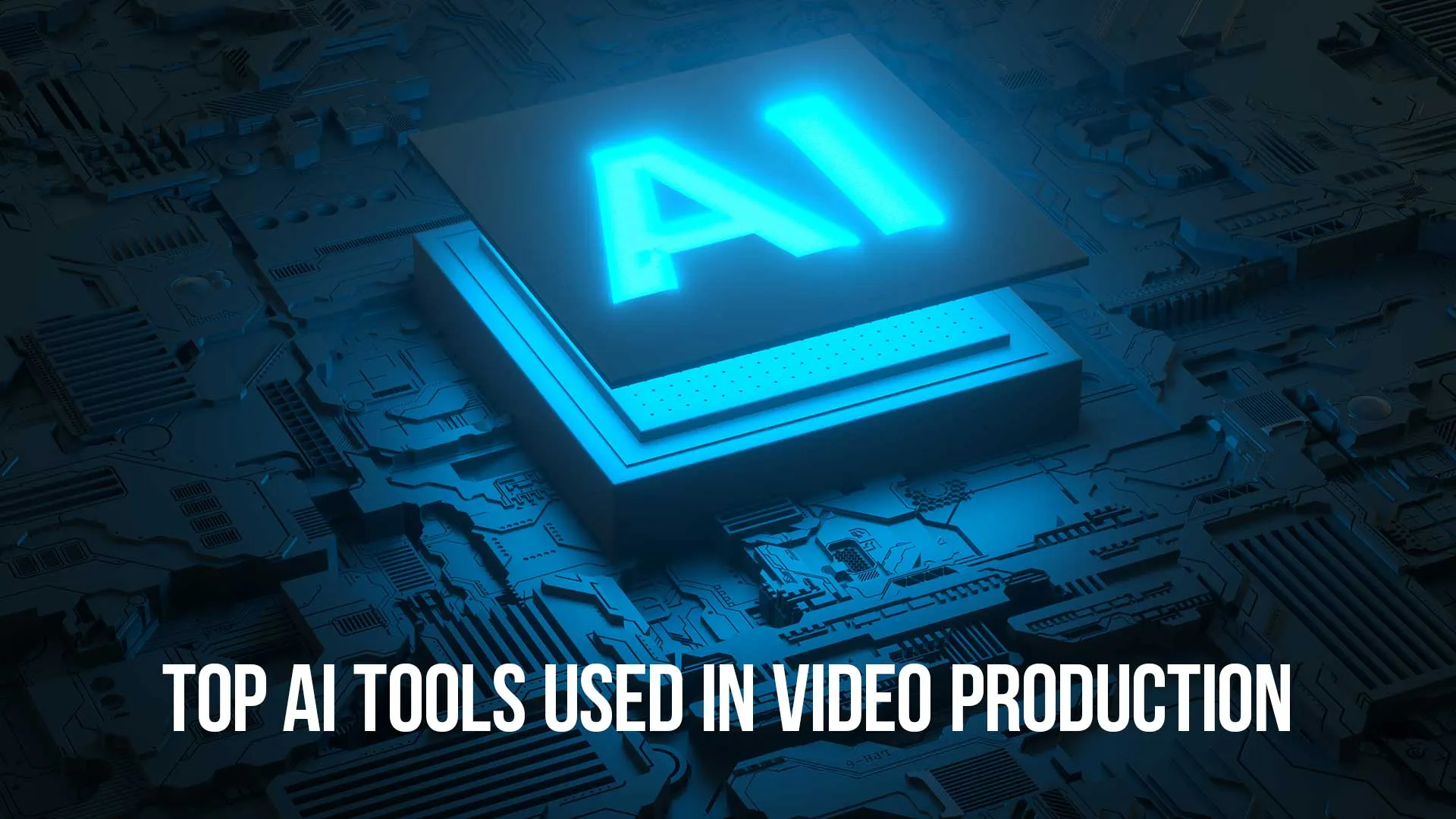With two decades of experience as an editor, colorist, and animator, I've had the privilege of witnessing seismic shifts in video production.
The digital revolution, complemented by sophisticated editing software, set the stage.
Now, AI and machine learning are taking center stage, offering tools that promise to redefine the boundaries of what's possible in video editing.
AI tools are gaining traction across various industries, with new innovations emerging almost daily.
In the realm of video editing, these tools are not merely supplementary; they're game-changers.
Historically, film editing was a painstaking task, involving manual slicing of tapes and using non-linear editing systems.
The shift to digital platforms like Final Cut Pro and Adobe Premiere Pro brought convenience, but editing remained a meticulous and often tedious process.
Enter AI video editing tools: these marvels harness AI algorithms to analyze, refine, and optimize footage, radically simplifying the editing process.
Table of Contents
- AI Video Editing Tools
- Adobe Sensei - AI Tools For Creative Cloud
- AI Tools In Blackmagic Davinci Resolve
- Colourlab AI
- Mettle Skybox Studio
- Descript
- Pictory
- Synthesia
- Topaz Labs Video AI
- Runway
- Emerging AI Tools & The Road Ahead
- What Does The Rise Of AI Tools For Video Editing And Production Mean?
- Artificial Intelligence FAQ
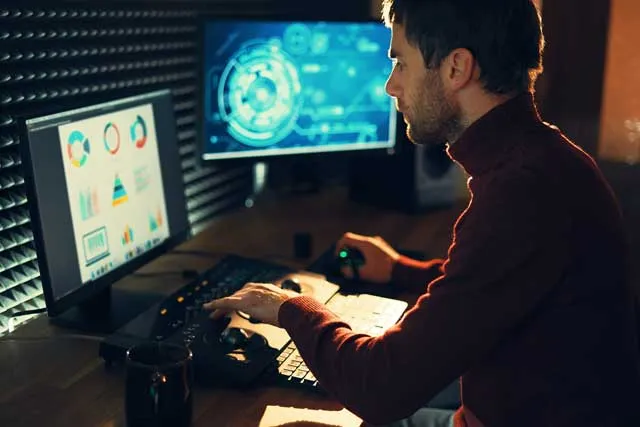
AI Video Editing Tools

Adobe Sensei - AI Tools for Creative Cloud
Adobe Sensei stands out as a premier AI video editing tool.
It employs AI to sift through footage, cherry-picking the best shots, thus minimizing manual sifting.
Beyond selection, it offers automatic color correction, stabilization, and object tracking.
Within Adobe After Effects, Sensei showcases its prowess with content-aware fill — eliminating undesired objects from videos effortlessly.
In Adobe Audition and Premiere Pro, the "remix" feature adjusts music tracks to align with your timeline. It also modulates music volume when dialogue is detected, ensuring clear audio.
Premiere Pro users can leverage the "Morph Cut" transition, which merges facial tracking and frame interpolation for smooth transitions.
The Color Match tool, powered by machine learning, harmonizes color palettes across clips, enhancing visual consistency.

AI Tools in Blackmagic Davinci Resolve
DaVinci Resolvefeatures the Neural Engine, an AI tool adept at footage analysis.
It identifies stellar shots, performs color corrections, and even provides a preliminary video cut.
Unique tools like Face Refinement utilize facial recognition to enhance skin tones, while Auto Color and Auto Reframe adjust color palettes and frame shots, respectively.
The Optical Flow Speed Warp is a gem for slow-motion effects, maintaining impeccable image quality.

ColourLab AI
ColourLab AI, from Color Intelligence, is redefining color grading with its AI-driven approach.
Its algorithms, backed by pre-trained models, fine-tune video colors, bestowing a professional touch.
Features like Smart Match enable swift color palette matching, while Timeline Intelligence offers timeline organization recommendations.
Advanced Camera Matching is perfect for aligning color palettes from varied camera sources.
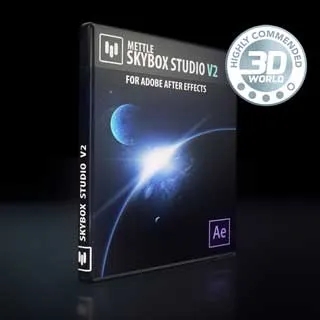
Mettle Skybox Studio
Skybox Studio by Mettle is a haven for VFX artists.
It employs AI to scrutinize footage, spawning 3D environments and special effects.
The "smart key" feature is a boon for separating subjects from backgrounds with precision.

Descript
Targeted at non-experts, Descript offers a unique blend of video and audio editing.
Its standout feature, "Overdub," employs deep learning to craft voice-overs from text scripts, mirroring the original voice's nuances.

Pictory
Pictory is an AI-powered video creation platform that can generate videos from blog posts, articles, and other text content.
Pictory uses AI to extract the key points from your text and then creates a video with relevant images, videos, and music.
You can also customize the video with your own branding and style.
Pictory is a great tool for busy marketers and content creators who need to create high-quality videos quickly and easily.
It is also a good tool for businesses that want to create videos for their website, social media, or email campaigns.
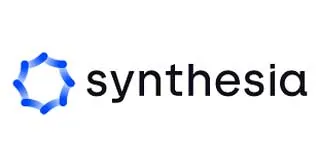
Synthesia
Synthesia is an AI-powered video creation platform that allows you to create videos with realistic avatars.
Synthesia uses AI to animate a variety of avatar templates and then lip syncs them to your audio.
You can also customize the avatar's appearance and clothing.
Synthesia is a great tool for businesses and individuals who want to create videos without having to appear on camera.
It is also a good tool for creating educational videos, explainer videos, and marketing videos.

Topaz Labs Video AI
Topaz Labs Video AI is an AI-powered video enhancement software that can upscale, denoise, and sharpen videos.
Topaz Labs Video AI uses AI to analyze the video footage and then apply various algorithms to improve the quality of the video.
Topaz Labs Video AI is a great tool for anyone who wants to improve the quality of their videos.
It is especially useful for restoring old videos, upscaling low-resolution videos, and removing noise from videos.

Runway
Runway is an AI-powered video editing software that can automatically remove backgrounds, track objects, and create other visual effects.
Runway uses AI to analyze the video footage and then apply various algorithms to create the desired effect.
Runway is a great tool for video editors and content creators who want to create professional-looking videos without having to spend a lot of time on editing.
It is also a good tool for creating educational videos, explainer videos, and marketing videos.
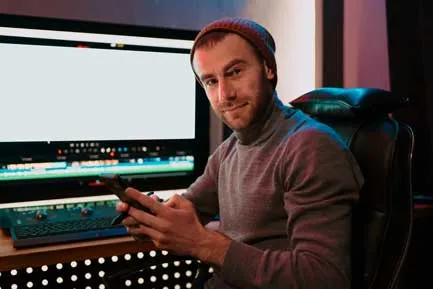
Emerging AI Tools & The Road Ahead
The wave of AI tools doesn't end here.
Numerous startups and tech giants are investing in AI-driven video editing solutions.
These tools aim to further simplify the editing process, making it accessible even to novices.
For instance, AI algorithms are now being developed to understand narrative structures.
Imagine a tool that can auto-generate a movie trailer or highlight reel based on AI's understanding of story arcs, character development, and emotional beats.
The possibilities are endless.
However, the rise of AI in video editing is not without challenges.
The industry grapples with concerns about job displacement due to automation.
It's essential to understand that AI aims to augment human skills, not replace them.
By automating mundane tasks, AI empowers editors and filmmakers to concentrate on storytelling and creativity.
What Does The Rise of AI Tools For Video Editing and Production Mean?
For one, it has the potential to make the process of creating videos faster and more efficient.
This could be especially beneficial for small production companies and independent filmmakers who may not have the resources for a large crew or extensive post-production work.
However, it's important to note that AI tools are not meant to replace human editors and filmmakers. Rather, they are meant to assist and enhance the creative process.
AI tools can help save time and effort on technical tasks, allowing filmmakers to focus on the creative aspects of their work.
It's also worth considering the potential ethical implications of using AI in video production.
There are concerns that AI could lead to job loss in the industry, as certain tasks may be automated. However, it's important to remember that AI tools are meant to assist and augment the work of human editors and filmmakers, not replace them entirely.
The rise of AI tools for video editing and production is an exciting development in the industry.
While it's important to consider the potential ethical implications, these tools have the potential to make the process of creating videos faster and more efficient, allowing filmmakers and editors to focus on the creative aspects of their work.
Artificial Intelligence Frequently Asked Questions
Does AI replace human editors and filmmakers?
No. AI augments the creative process, not substitutes it.
Are there potential ethical implications for using AI in video production?
Yes, especially concerning potential job losses. However, AI's goal is enhancement, not replacement.
Does using AI tools make the process of creating a video faster and more efficient?
Absolutely. AI automates technical aspects, enabling a focus on creative elements. It also aids in tasks like compositing and VFX.
Are AI tools just for professional video creators?
Not at all. Many cater to amateurs. Descript, for instance, is user-friendly, integrating audio and video editing seamlessly.
What are some examples of AI tools for video editing?
Mettle Skybox Studio is a great tool that uses AI to analyze footage and automatically generate 3D environments and special effects, while Descript offers a cool “Overdub” feature that uses a deep learning algorithm to generate a realistic voice-over from a text script.
What is AI / Artificial Intelligence?
AI is a branch of computer science that focuses on creating intelligent machines and systems capable of performing tasks that would typically require a human or a team of humans. AI systems use algorithms and data processing to analyze large amounts of information, learn from it, and make decisions autonomously.
In the context of video editing, AI tools can be used to automate a variety of tasks, from basic color grading and effects to more complex tasks such as object tracking.
What is Machine Learning?
Machine learning is a type of AI that focuses on giving machines the ability to learn from data without being explicitly programmed. It involves algorithms that can detect patterns, classify data, and make predictions based on a given set of input variables.
In video production, machine learning can be used to automate tasks such as object recognition and tracking or facial recognition.
Video Editing Related Posts
Adobe Creative Cloud for Video Editing
Top 10 Video Editing Software for Mac
The Benefits of Dual-Monitor Setups for Video Editing
How to Choose the Right Video Editing Monitor for Your Needs
Best Monitors for Video Editing
Best Video Editing Software in 2023
Best Mac for Video Editing in 2023
(Almost) 50 Mistakes Every New Video Producer Makes
Breakthrough AI Tools: Elevate Your Video Production Game!
- AI Video Editing Tools
- Adobe Sensei - AI Tools For Creative Cloud
- AI Tools In Blackmagic Davinci Resolve
- Colourlab AI
- Mettle Skybox Studio
- Descript
- Pictory
- Synthesia
- Topaz Labs Video AI
- Runway
- Emerging AI Tools & The Road Ahead
- What Does The Rise Of AI Tools For Video Editing And Production Mean?
- Artificial Intelligence FAQ
Video Editing Related Posts
Adobe Creative Cloud for Video Editing
Top 10 Video Editing Software for Mac
The Benefits of Dual-Monitor Setups for Video Editing
How to Choose the Right Video Editing Monitor for Your Needs
Best Monitors for Video Editing
Best Video Editing Software in 2023
Best Mac for Video Editing in 2023
(Almost) 50 Mistakes Every New Video Producer Makes
Breakthrough AI Tools: Elevate Your Video Production Game!
